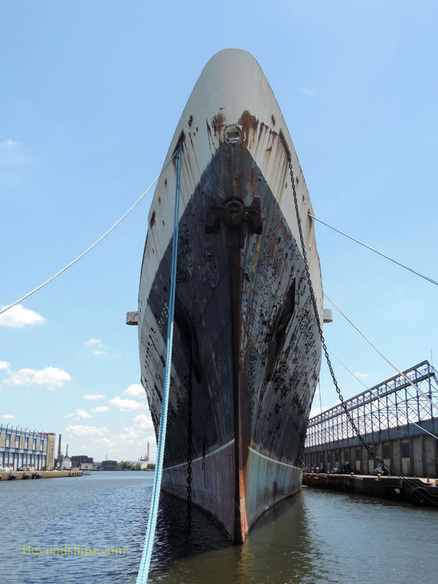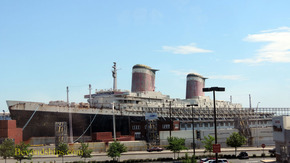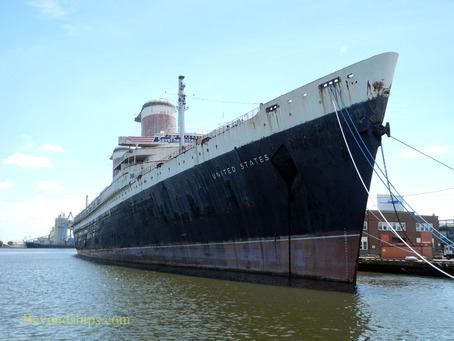United States home page
A Visit to the SS United States
Still Proud (SS United States video)
SS United States Story
Saving the SS United States
A Visit to the SS United States
Still Proud (SS United States video)
SS United States Story
Saving the SS United States
Historic ship article and photo feature - SS United States - A Visit To The SS United States


